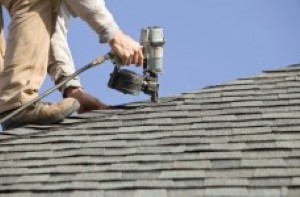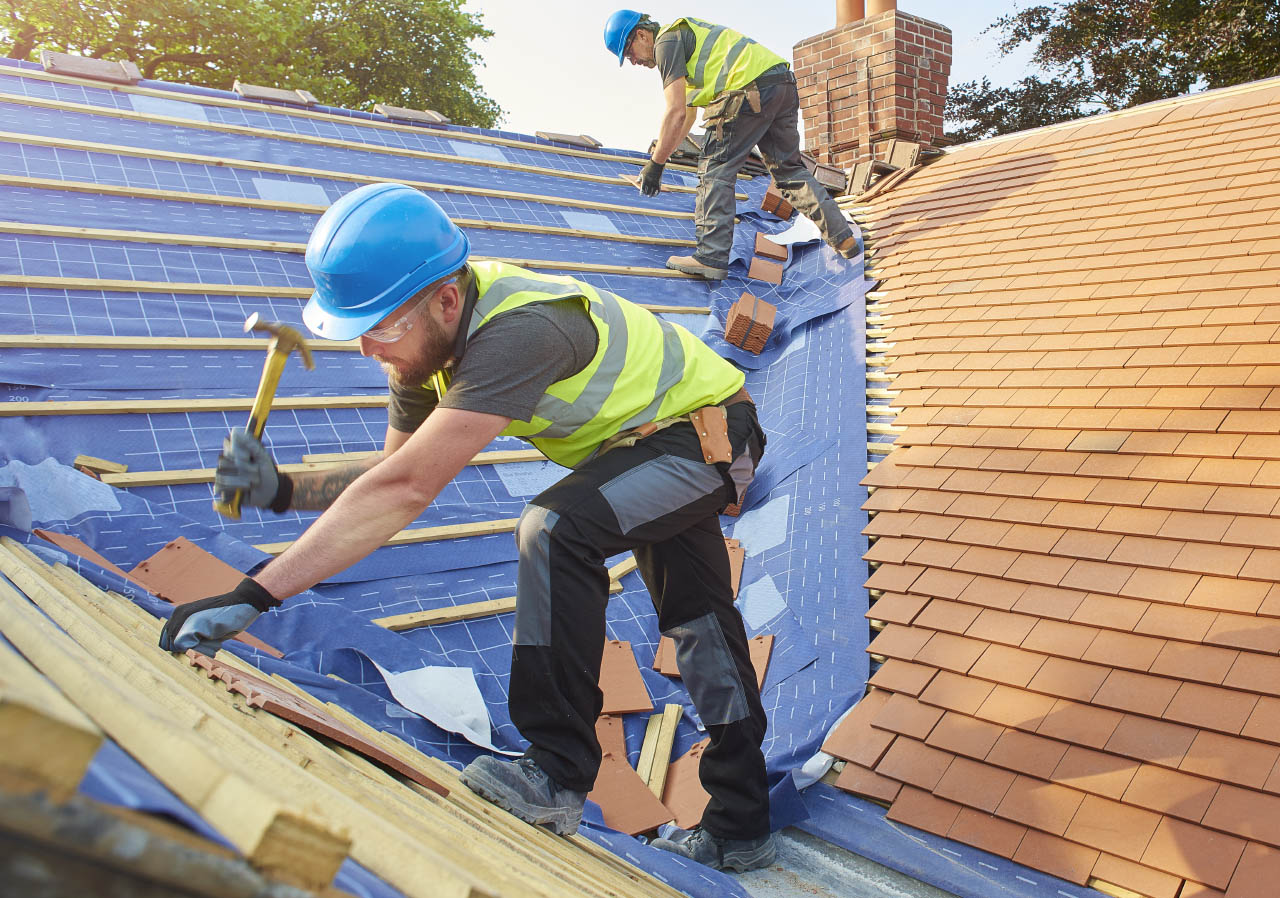Roofers Oahu: Skilled Specialists for Roof Installations and Repairs
Roofers Oahu: Skilled Specialists for Roof Installations and Repairs
Blog Article
Comprehending the Different Sorts Of Roof Coverings: A Comprehensive Overview for Homeowners
With a selection of choices-- ranging from the typical gable to the modern flat-- each kind provides distinct advantages and obstacles that must align with the homeowner's ecological considerations and particular needs. As we discover the ins and outs of different roofing system types, it comes to be obvious that one size does not fit all; the right selection might shock you.
Gable Roof Coverings
Saddleback roofs, characterized by their triangular form, are amongst the most preferred roof designs because of their simpleness and efficiency in shedding water and snow. This design includes two sloping sides that fulfill at a ridge, permitting efficient drainage and minimizing the threat of water build-up. The high pitch commonly connected with saddleback roofs enhances their ability to handle heavy precipitation, making them ideal for numerous environments.
Along with their sensible advantages, gable roof coverings offer aesthetic convenience. They can be adapted to numerous architectural designs, from standard to contemporary homes. The design can additionally accommodate additional features such as dormer home windows, which improve natural light and air flow in the attic area.
Additionally, saddleback roofs offer enough space for insulation, contributing to energy efficiency. Homeowners can pick from a variety of roofing products, including asphalt shingles, metal, and floor tiles, further improving customization alternatives.
In spite of their benefits, gable roof coverings may require added assistance in areas vulnerable to high winds or hefty snowfall. Overall, the gable roof covering continues to be a favored option as a result of its mix of performance, resilience, and aesthetic appeal.
Flat Roofs
Level roofing systems are typically identified for their minimal style and sensible applications, specifically in commercial and industrial settings (oahu roofing). These roofings include a nearly horizontal or horizontal surface area, which permits for very easy building and flexible room utilization. While they might lack the visual allure of angled roofs, level roofings offer various advantages, particularly in urban settings where taking full advantage of space is critical
Among the primary benefits of flat roofs is their access. Property owners can make use of the roof covering room for various functions, such as roof gardens, balconies, or solar panel installments. Additionally, flat roof coverings are usually a lot more cost-efficient to mount and preserve contrasted to their sloped equivalents, as they require less materials and labor.
Typical materials utilized for level roofs include built-up roof covering (BUR), customized bitumen, and single-ply membrane layers, each offering unique advantages. On the whole, flat roofs offer as a functional and adaptable choice for numerous home owners and services alike.
Hip Roofing Systems
Hip roofings are defined by their sloped sides that assemble on top, creating a ridge. This layout is unique from saddleback roofs, as all 4 sides of a hip roof incline downwards towards the walls, supplying a more steady framework. The angle of the inclines can vary, permitting for adaptability in building looks and performance.
One of the key advantages of hip roofings is their capacity to withstand heavy winds and negative climate condition. The sloped surface areas enable much better water drain, decreasing the danger of leakages and water damage. In addition, hip roof coverings supply raised attic space, which can be utilized for storage or also exchanged livable areas.
However, building a hip roofing system can be more complex and expensive than easier roof types, such as gable roof coverings. The added product and labor associated with developing the inclines and guaranteeing correct structural integrity can bring about higher costs. Regardless of these disadvantages, lots of homeowners favor hip roofing systems for their longevity, visual charm, and possibility for energy effectiveness.
Mansard Roofings
Mansard roof coverings, typically acknowledged by their distinct four-sided design, function two slopes on each side, with the reduced slope being steeper than the top. This architectural style, originating from France in the 17th century, is not just visually attractive but functional, as it makes best use of the functional space in the upper floorings of a structure. The high lower slope allows for more clearance, making it an excellent selection for attic rooms or lofts, which can be exchanged living rooms.
Mansard roof coverings are identified by their adaptability, fitting various architectural styles, from conventional to modern. They can be built with different materials, consisting of asphalt tiles, slate, or metal, giving house owners with a series of alternatives to match their choices and budgets. Additionally, the style enables the integration of dormer home windows, boosting natural light and ventilation in the upper degrees.
Nonetheless, it is important to think about the potential downsides. Mansard roofings might call for even more upkeep due to the intricacy of their style, and their steep slopes can be challenging for snow and rainfall runoff. In general, mansard roofs combine beauty with practicality, making them a prominent option among property owners looking for distinct architectural features.
Shed Roofing Systems
As home owners progressively seek simpleness and functionality in their building styles, shed roofing systems have actually emerged as a preferred option. Defined by a solitary sloping airplane, a shed blog here roofing system offers a minimalist visual that matches various home designs, from contemporary to rustic.
One of the key advantages of a shed roofing is its simple building, which typically equates to reduce labor and product costs. This layout permits for efficient water drainage, decreasing the threat of leaks and water damage. Additionally, the vertical incline provides adequate room for skylights, enhancing all-natural light within the interior.
Dropped roofs likewise use versatility in regards to usage. They can be properly incorporated into additions, garages, or outside frameworks like sheds and pavilions. Additionally, this roof covering design can suit different roof covering materials, including metal, asphalt shingles, and even environment-friendly roofing systems, lining up with eco-friendly initiatives.
However, it is vital to take into consideration regional climate problems, as hefty snow tons might require changes to the roofing's angle or framework. Generally, dropped roof coverings present a practical and aesthetically pleasing option for homeowners looking to make the most of performance without compromising design.
Conclusion


Gable roofings, identified by their triangular shape, are among the most popular roof covering styles due to their simplicity important link and performance in shedding water and snow. oahu roofing. The steep pitch generally associated with gable roof coverings enhances their capability to manage hefty precipitation, making them suitable for numerous environments
While they may lack the aesthetic charm of pitched roofs, level roof coverings offer many benefits, specifically in urban atmospheres where making the most of area is crucial.

Report this page